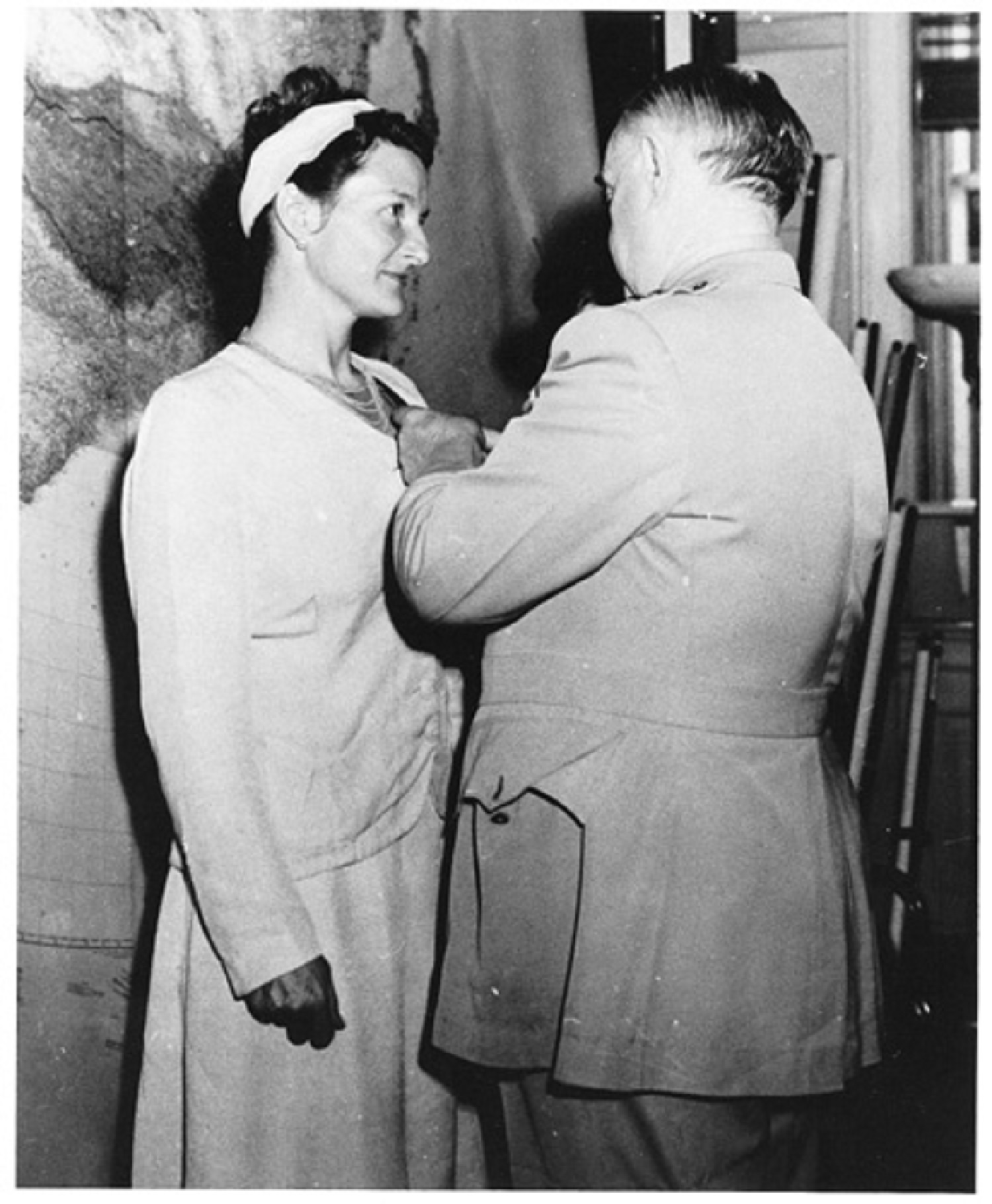| Robert Smalls |
Robert Smalls was one of the most influential African-American men to fight for freedom during the Civil War. He was born a slave and died as something of a national hero. His bravery and intelligence put him in the position to prove that not only were African-Americans capable of fighting for their own freedom, but that they were the equals of any white man who did the same.
Robert Smalls was born in South Carolina on April 5, 1839, in the back yard of the home where his mother was kept as a slave. Because his mother was a slave, he was born into slavery, even though he was the son of a white man. Who that white man was is not certain. He may or may not have been the boy’s own owner. Robert worked as a house slave until the age of twelve, when he was sent to Charleston to seek out paying work.
While in Charleston, Robert Smalls was able to find odd jobs as a laborer. He was allowed to keep one dollar of his wages. The rest was sent to his owner. However, when Robert turned eighteen, he was able to make a deal with his owner and from then on, he only had to send the man fifteen dollars per month. Smalls also met his wife, Hannah, while living in Charleston. He married her on December 24, 1856. He was seventeen years old. She was thirty-two.
Soon after Robert Smalls married Hannah, the couple had a child. Hannah was still the property of Samuel Kingman and therefore, so was their child. Robert saved up $800 and purchased his family from Mr. Kingman (if you can imagine such a thing as having to buy your own family). Not long after, they welcomed a son into the world, Robert Smalls Jr.
The same year that Smalls’ son was born (1861), Robert began working in the trade that would change his life forever, He became a deckhand on a transport steamer called Planter. He was soon promoted to pilot. In this capacity, he learned a lot about the Charleston harbor and about captaining a ship, both of which would come in handy the following year.
On May 13, 1862, the Planter’s officers were asleep onshore in Charleston when Robert Smalls and his family boarded the ship in the night. Also, on board was a crew of twelve slaves. With the help of the crew, Robert Smalls bravely took command of the ship and sailed it right out of the harbor, under the noses of all of the Confederates in the area. He then took the ship to the Commanding Officer of the Onward, a Union ship. Admiral Samuel DuPont accepted the ship as a gift for the Union, which was how Smalls and his men had presented it. They were all rewarded monetarily for their bravery by Abraham Lincoln.
In the fall of 1862, Robert Smalls, now working for the United States Navy, went to Washington, D.C. with a colleague. He and his colleague met with Secretary of War Stanton and President Lincoln and asked if they could recruit 5,000 black men for the cause. They were soon given permission to complete the task.
Robert Smalls became the first African-American to captain a United States Navy ship on December 1, 1863. His wife gave birth to a daughter that very same day. He served in this capacity for the remainder of the Civil War. After the war, he returned to the state in which he had been born and enslaved. He came back to South Carolina with a new found freedom and the intellect to do something with it.
Smalls became a major general in the South Carolina militia soon after his return. He served in the North Carolina Senate from 1868 to 1870. He was elected to Congress in 1875 and reelected five times. Following his time with Congress, he became a U.S. Customs Collector in South Carolina. While employed in this capacity, he lived in the very Beaufort home in which he and his mother had served as slaves. However, this time around, he was the master of the house. He passed away at the age of 75, on February 23, 1916.
